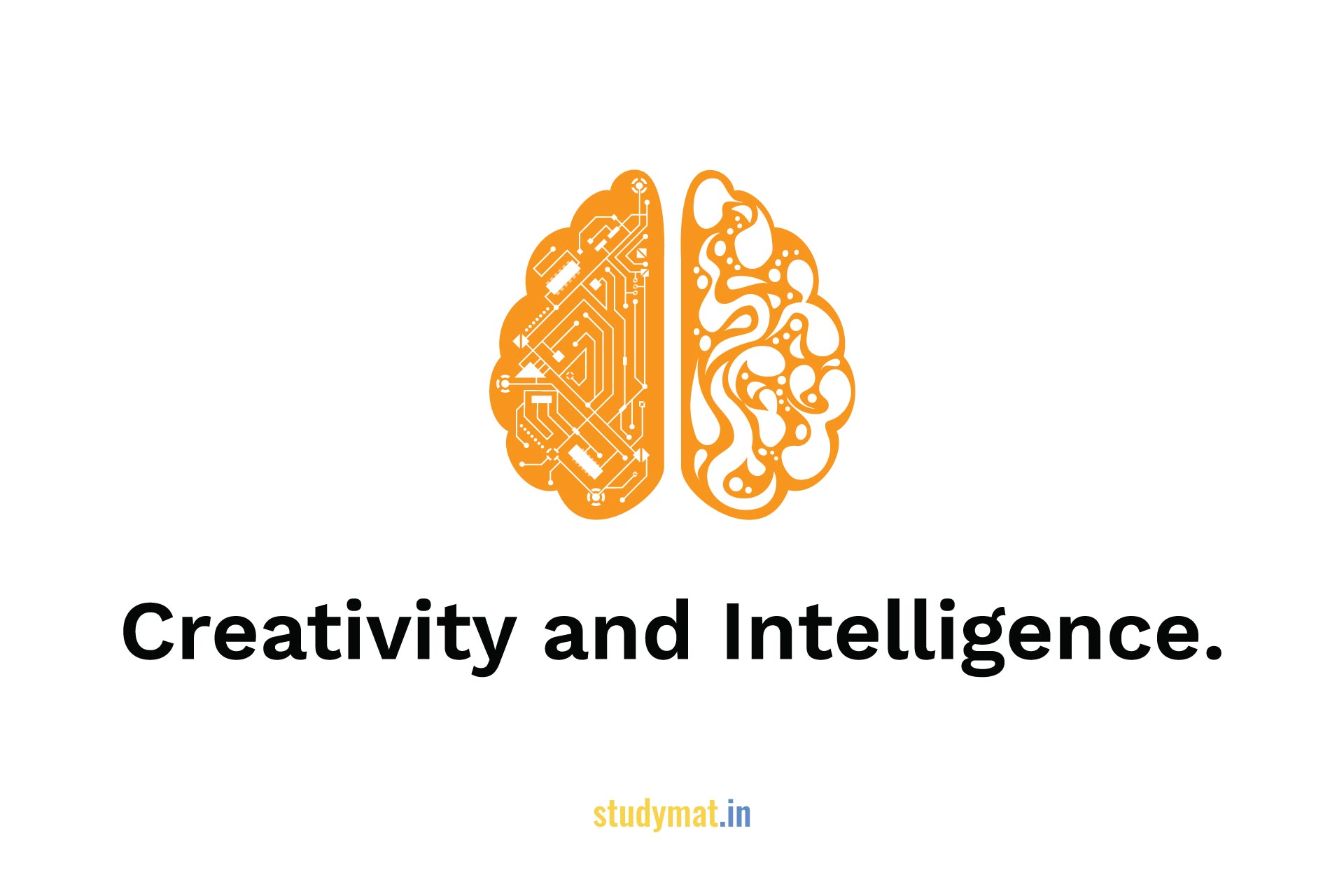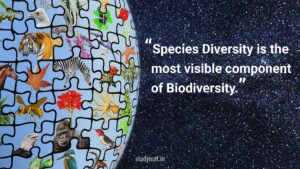In this article, we will discuss Creativity and Intelligence in psychology.
What are Creativity and Intelligence?
Creativity and Intelligence are observed independent of each other. Intelligence isn’t supposed to influence creativity. Creativity is viewed as a mental process accessible to everyone. It’s dependent on domain-specific knowledge (i.e., the amount of exposure to and expertise in a given field) and conscious practice.
A high IQ has proven insufficient for creativity since Terman’s famous longitudinal study. In this study of 1528 highly gifted children, which had a mean IQ of 151. In later life, most of these children achieved remarkable professional success, none of them showed a noteworthy sign of creativity. Most of the studies concerning the association between psychometric intelligence and creativity produced only a weak relationship. For instance, Torrance reported that the median of 178 correlation coefficients between IQ and the TTCT was only .20. Also, factor analyses of IQ and creativity tests produced separate factors.
Read Also:
Thorndike’s Theory of Intelligence
Single System vs Dual System Hypotheses
Contextual Subtheory of Sternberg
However, a creative person’s IQ has been demonstrated to be at least a standard deviation above the mean often more. Guilford recommended a hypothesis that a minimal level of IQ, often arbitrary set to 120, should be necessary. But that is not sufficient for creativity. The creative achievement was thought to be impossible below this threshold. Guilford also suggested that scatter plots of IQ and creativity should show a triangular pattern (Guilford’s claim the name ‘triangularity hypothesis’) with no data points in the low IQ/high creativity quadrant. This threshold view of creativity is so reasonable that it is broadly accepted, though experimental tests are insufficient and more likely to show a disconfirming tendency.
Hayes proposed an alternate ‘certification hypothesis’, which doubted essential links between creativity and intelligence. Alternatively, it specified that most possibilities to display a recognisable level of creativity, like occupations in architecture or science, basically require a high level of formal education. Since academic performance is linked with IQ, society simply denies creative individuals of low IQ the chance to express their talent adequately.
Follow us:
If you like this article, you can Follow us on Facebook.
Also, you can Join our Official Facebook Group for QnA Sessions and Discussions with the worldwide IGNOU community.


